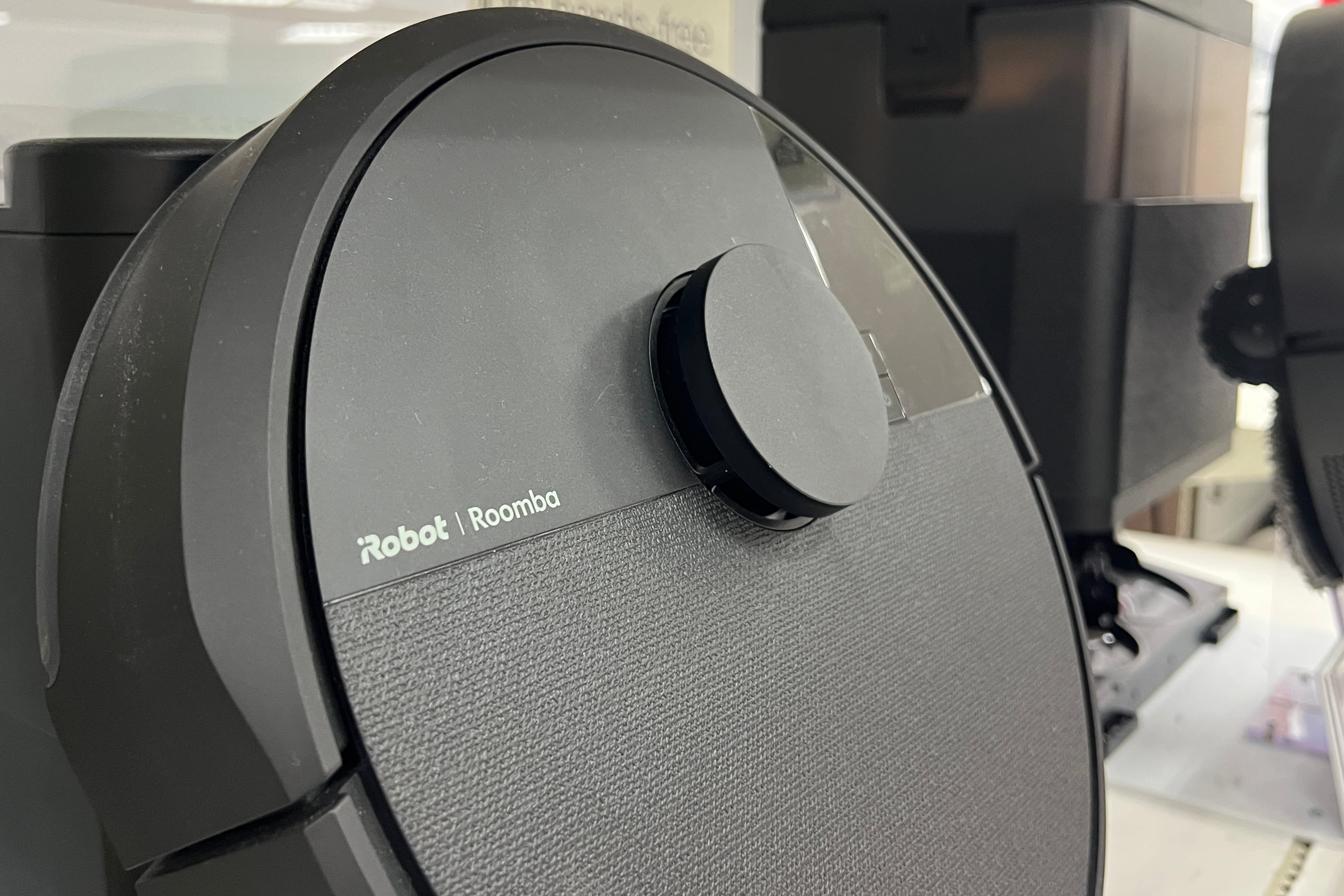Samsung Electronics said it would make a “meaningful” cut in memory chip production in a significant move to ease an industry glut as its quarterly operating profit plunged 96 per cent to the lowest in 14 years.
The long-anticipated action comes as the South Korean company’s semiconductor division is estimated to have suffered billions of dollars of losses in the first three months of this year as the slowing global economy saps demand for chips.
The memory chip losses are likely to continue in the second quarter as inventories remain at record levels, piling pressure on chip prices. Tech demand remains sluggish in the face of inflation and higher interest rates after the pandemic-era surge.
The world’s largest producer of memory chips, smartphones and TVs flagged its first-quarter operating profit at an estimated 600 billion won (€418 million), compared with an operating profit of 14.12 trillion won a year earlier. It fell far short of a 1.45 trillion won analysts’ forecast compiled by Bloomberg and is the smallest profit since 2009, during the global financial crisis. Sales fell 19 per cent to 63 trillion won.
READ MORE
“Memory demand dropped sharply due to the macroeconomic situation and slowing customer purchasing sentiment, as many customers continue to adjust their inventories for financial purposes,” Samsung said on Friday.
Prices of Dram memory chips, used in computers, phones and servers, fell about 20 per cent in the January-March quarter, while those of NAND flash memory chips fell 10 to 15 per cent, according to market research group TrendForce. Chip prices are expected to fall another five to 15 per cent in the current quarter.
Inventory at Samsung ballooned to 52.2 trillion won at the end of last year but the company had earlier resisted pressure to cut output while rivals such as Micron, Kioxia and SK Hynix have slashed their production to adjust to the oversupply.
Analysts estimate Samsung’s first-quarter chip losses at more than three trillion won but expect a price recovery in the second half of this year. Micron and SK Hynix executives are optimistic about a market revival later this year but have cautioned that the pace of the recovery depends on the industry’s efforts to cut supply.
[ Security and performance with Samsung’s new A classOpens in new window ]
“Samsung should have joined the production cut earlier but it is now sending a clear signal to the market and memory buyers,” said Daniel Kim, analyst at the Macquarie financial group, who expects Samsung to reduce output this year by more than 25 per cent. “The market recovery is now a matter of time. It will probably come in the third or fourth quarter.”
The announcement boosted its shares 3.5 per cent and SK Hynix shares 5.6 per cent on Friday morning in Seoul, while the Kospi Composite index gained one per cent.
Samsung did not reveal the size of its short-term output cut but said it would continue with its longer-term investment plans for its infrastructure and expand research and development spending.
The company announced last month a 300 trillion won plan to invest in its chipmaking base over the next two decades, as the country prepares for the intensifying global chip war. – Copyright The Financial Times Limited 2023














